When a caribou moves, a tendon rolls over bones in its foot creating a unique clicking sound.
A few years ago on a trip in the Northern Monashees, I ran into a female caribou in a meadow. We were both battling swarms of mosquitoes. She looked at me with curiosity. Her white neck fur shimmered in the afternoon sun, her crescent-shaped hooves left distinct prints alongside the muddy shore of a sediment-laden alpine lake. Her lean body appeared made for these mountains. Eventually she took off, stopping every fifty feet to look back at me. The sound of embers crackling in an open fire was etched into my memory.
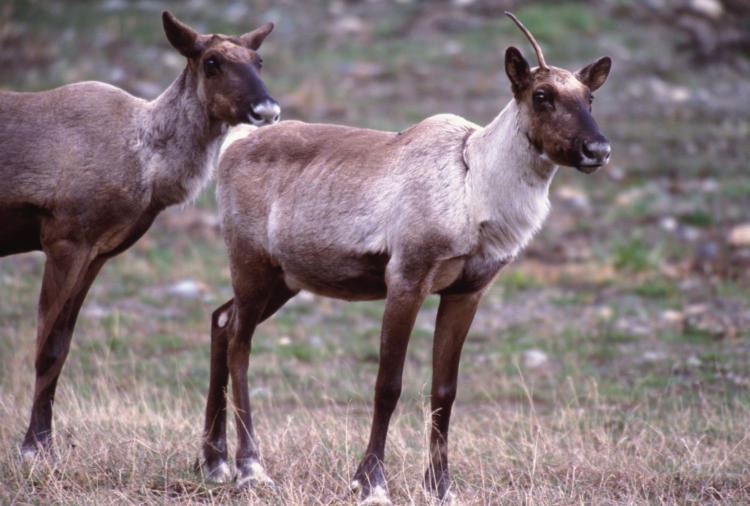
That clicking sound has subtly graced the snow-draped slopes of our local mountain ranges for 12,000 years. While the South Purcells and South Selkirks no longer hear the mountain caribou’s crackle, a gentle low-elevation valley at the northern reaches of the Monashee mountains, known as the Seymour River, still provides critical habitat for the 200 individuals that make up the Columbia North herd.
Ever since my encounter, I have consistently come back to this valley. A place that still harbours caribou and some of the Inland Temperate Rainforest’s largest and oldest cedar forests. A lot of the Seymour River Valley has been clearcut; but the old growth that remains is some of the most spectacular in the province.
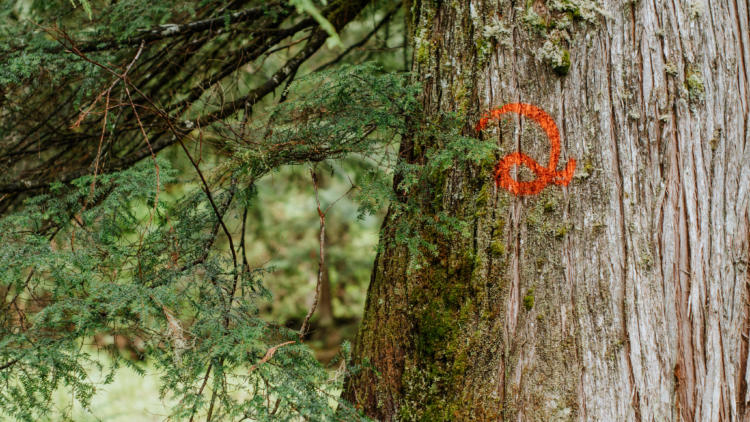 Last fall I took a photographer into one of these ancient stands. To my dismay, we found several ancient cedar-hemlock stands fully laid out for logging, bright orange ribbons encircling the groves of old growth forest. Some trees upwards of three metres in diameter were painted as cruise plots, which are used to estimate how much timber volume will come out of this ancient stand once logged.
Last fall I took a photographer into one of these ancient stands. To my dismay, we found several ancient cedar-hemlock stands fully laid out for logging, bright orange ribbons encircling the groves of old growth forest. Some trees upwards of three metres in diameter were painted as cruise plots, which are used to estimate how much timber volume will come out of this ancient stand once logged.
I got back home and got on the phone and requested maps from the logging companies. It turns out that in the Seymour, and tributaries Blais, Ratchford, and Myoff Creek more than 620 hectares of predominantly ancient forest logging is being proposed by Louisiana-Pacific (LP) and BCTS (BC Timber Sales, the province’s own timber company that puts areas up for bid). Some of the blocks overlap with old growth technical advisory panel recommended deferrals, it’s unclear whether these areas have been pulled from LP and BCTS plans.
The area is critical habitat for the Columbia North caribou population. It’s part of what biologists refer to as the “Hub” area for Columbia North caribou. The 2020 Columbia North caribou census highlighted just how important the Seymour River area is. 90 of the 159 Columbia North caribou counted in the Columbia North caribou census were in this epicentre or Hub area. Only 40 percent of their core habitat is protected, with many low elevation valleys like the Seymour being unprotected and subject to logging.
Not only is the area critical for caribou, its remaining ancient forests harbour significant biodiversity and rare and threatened species.
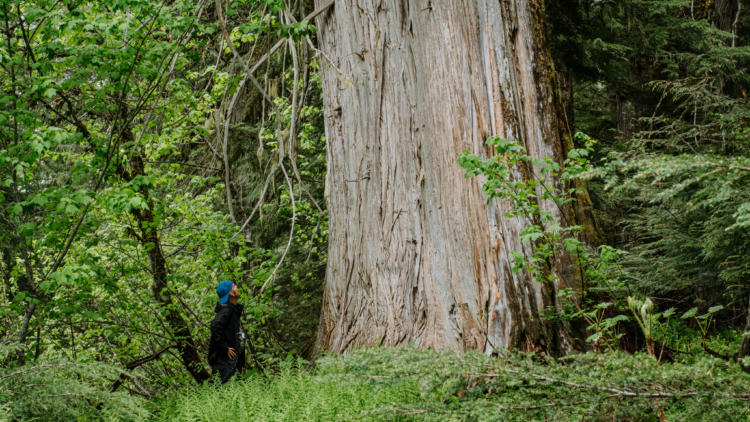
In late June, I was joined by lichenologist Dr. Toby Spribille in a journey back to the Seymour to assess three stands for lichen diversity, all of which are set to be logged. Over the course of two days Dr. Spribille found rare, threatened and endangered, and red-listed lichen species. Dr. Spribille noted that the old growth habitat that these species rely on, like the caribou, is in a downward trend. The remedy is maintaining old growth into the future.
“The remaining unlogged forests of the upper Seymour River drainage are critical if COSEWIC-listed and other rare inland rainforest lichen species are to maintain any chance of maintaining viable populations at a regional and national level.” Said Dr. Spribille.
The area should not be logged, it should be protected for caribou, biodiversity, and old growth forests. It should be protected so future generations can walk on the meandering ridgelines above the Seymour River and hear that unforgettable clicking, that sounds like embers crackling in an open fire.
Read our full comments on the Seymour-Blais here.
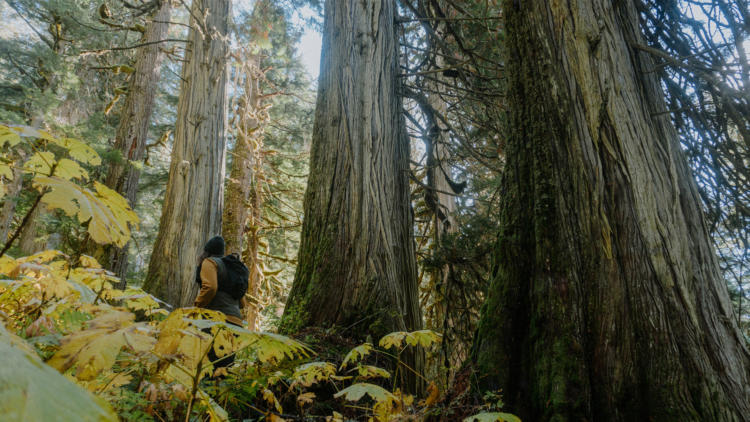
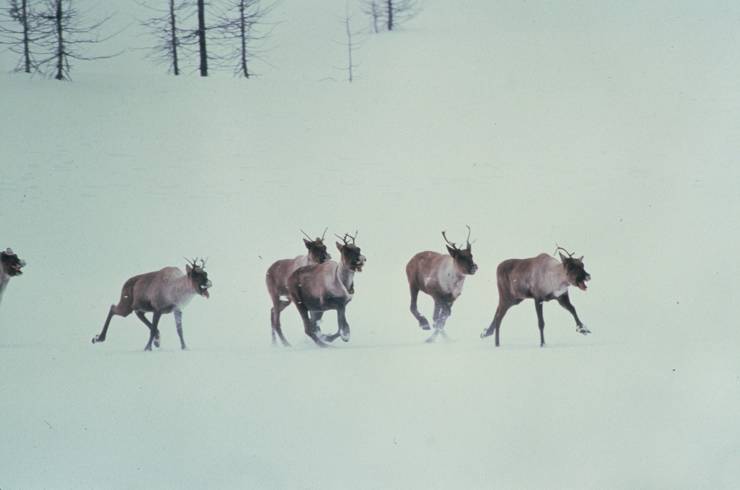
Mountain Caribou 101












